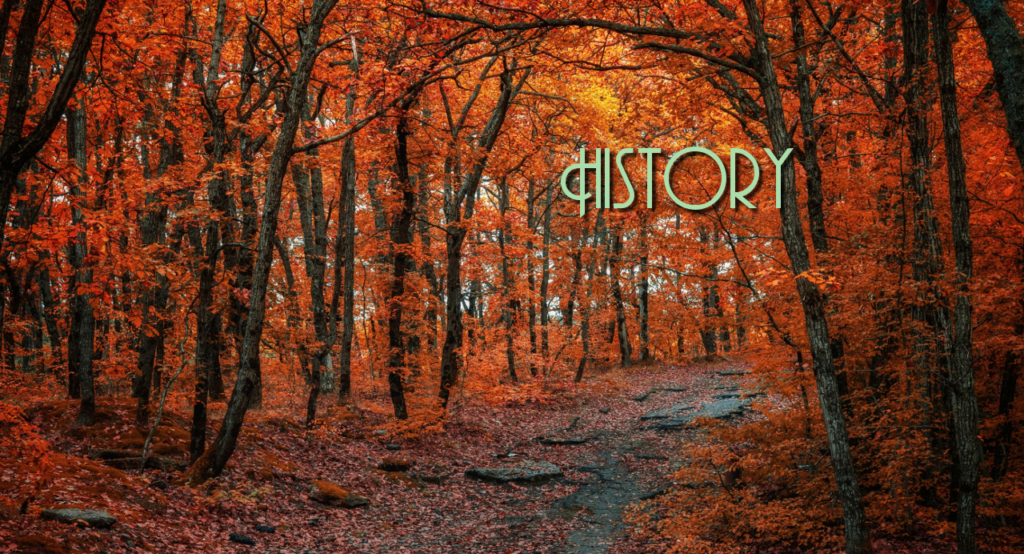Some longtime great actors and actresses go out in a blaze of glory with an Oscar nomination or even a win for their last great performance.
Two-time Oscar winner Spencer Tracy gave four unforgettable last hurrah performances beginning with one in a film called The Last Hurrah in 1958, followed by Inherit the Wind in 1960, Judgment at Nuremberg in 1961, and Guess Who’s Coming to Dinner in 1967. He was Oscar nominated for all of them except The Last Hurrah, having been nominated instead for his other film that year, The Old Man and the Sea. His nomination for Guess who’s Coming to Dinner was a posthumous one.
Peter Finch became the first actor to win a posthumous Oscar for 1976’s Network for which former winner William Holden was also nominated for his last great performance. Holden did go on to make several more films but none of them provided him with such a memorable a role.
Ingrid Bergman won three Oscars before giving her last, perhaps greatest performance in 1978’s Autumn Sonata, her final film, for which she received her last nomination.
Henry Fonda waited 42 years for his long overdue second nomination and won for 1982’s On Golden Pond, which would be his last film.
Katharine Hepburn, who received her fourth Oscar for On Golden Pond, a record she still holds 42 years later, continued acting for another twelve years and lived another nine beyond that, but never had another great role after that one.
Here are six others who weren’t as lucky. Although they were still giving great performances late in their careers, AMPAS and most other awards bodies looked to other performances to award while ignoring them in the year in which they gave their last great performance:
UNREWARDED LAST GREAT PERFORMANCES:
 JAMES CAGNEY in ONE, TWO, THREE (1960)
JAMES CAGNEY in ONE, TWO, THREE (1960)
Cagney was one of the first of the many Broadway actors who came to Hollywood at the dawn of the talkies, becoming an overnight sensation in such films as The Public Enemy and The Crowd Roars. Unforgettable in Angels with Dirty Faces (for which he was nominated for an Oscar), The Roaring Twenties, City for Conquest, Yankee Doodle Dandy for which he won his Oscar, White Heat, Love Me or Leave Me for which he received his last Oscar nomination, and Mister Roberts, he retired after his rapid-fire portrayal of the harried Coca-Cola executive in Berlin as the wall went up. He returned briefly for 1981’s Ragtime but the magic was gone.
 GARY COOPER in THE HANGING TREE (1959)
GARY COOPER in THE HANGING TREE (1959)
Cooper was an iconic star of the 1930s in such classics as Morocco, A Farewell to Arms, Design for Living, The Lives of a Bengal Lancer, Mr. Deeds Goes to Town, and Beau Geste, and an even bigger star in such 1940s classics as Sergeant York for which he won an Oscar, Meet John Doe, Ball of Fire, The Pride of the Yankees, and For whom the Bell Tolls. He won a second Oscar for 1952’s High Noon and was just as good in 1956’s Friendly Persuasion, and 1959’s The Hanging Tree in which he played a doctor with a dark past redeemed by his relationships with indentured servant Ben Piazza and injured mute Swiss immigrant Maria Shell in equally fine performances.
 CARY GRANT in CHARADE (1963)
CARY GRANT in CHARADE (1963)
Grant was one of the biggest movie stars from the 1930s through the mid-1960s who was Oscar nominated for his lesser known performances in Penny Serenade and None but the Lonely Heart, not for his iconic work in The Awful Truth, Bringing Up Baby, Holiday, His Girl Friday, My Favorite Wife, The Philadelphia Story, Suspicion, Arsenic and Old Lace, Notorious, The Bachelor and the Bobby-Soxer, The Bishop’s Wife, Mr. Blandings Builds His Dream House, I Was a Male War Bride, An Affair to Remember, or North by Northwest. He had one more chance at wooing Oscar with the mystery-comedy-romance, Charade, but was again overlooked.
 PATRICIA NEAL in AN UNREMARKABLE LIFE (1989)
PATRICIA NEAL in AN UNREMARKABLE LIFE (1989)
Neal began her film career in the late 1940s, gave memorable performances in two 1950s classics, The Day the Earth Stood Still and A Face in the Crowd, won an Oscar for 1963’s Hud and was nominated again for 1968’s The Subject Was Roses after coming back from the brink of death after suffering a series of three strokes. In the 1970s, she was unforgettable in the TV movie, The Homecoming: A Christmas Movie which became the TV series, The Waltons. Her portrayal of the retired schoolteacher who enters into a relationship with Japanese mechanic Mako against the objections of bigoted sister Shelley Winters in An Unremarkable Life is equally unforgettable.
 MAUREEN O’HARA in ONLY THE LONELY (1991)
MAUREEN O’HARA in ONLY THE LONELY (1991)
O’Hara began her film career as a protege of Charles Laughton in The Hunchback of Notre Dame, then became a favorite of John Ford with How Green Was My Valley and lovers of Christmas movies with Miracle on 34th Street. She later gave immortal performances in three more Ford film, Rio Grande, The Quiet Man, and The Long Gray Line. Known as the Queen of Technicolor, she appeared in more than one swashbuckler over the years. She unofficially retired after 1971’s Big Jake, one of her many westerns, coming out of retirement to play John Candy’s strong-willed mother in Only the Lonely, more than proving she still had it at 70.
 JAMES STEWART in SHENANDOAH (1965)
JAMES STEWART in SHENANDOAH (1965)
Stewart has a remarkable career, working with the greatest directors and co-stars. Frank Capra directed him in You Can’t Take It with You, Mr. Smith Goes to Washington, and It’s a Wonderful Life. Alfred Hitchcock directed him in Rear Window, and Vertigo. Anthony Mann directed him in The Naked Spur and The Man from Laramie, among other great westerns. His last great film was a western, too. In Shenandoah, he plays a conflicted pacifist Virginian who refuses to take sides in the Civil War until one side attacks his family. Stewart is alternately tender and ferocious in a role that would later win John Cullum a Tony for the Broadway musical version.













